Rock climbing routes can be set in various ways, depending on the type of terrain, the size and shape of the boulders or cliffs, and the experience and preferences of the climbers. This article will introduce you to three methods for setting rock climbing routes: top-roping, lead climbing, and bouldering.
Top-roping is the most popular method, as it is relatively easy and safe. The climber starts from the bottom and climbs up to the top, where a rope is already in place. This rope is then used to belay or support the climber back to the ground.
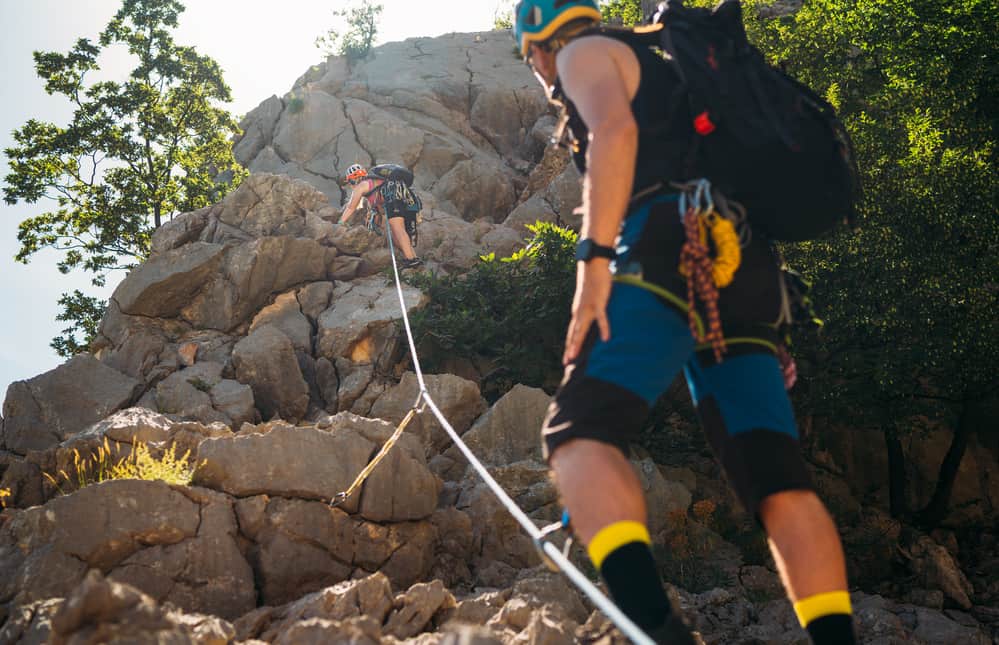
Lead climbing is more complex, as the climber has to place their protection (bolts or other anchors) as they climb. This makes it more dangerous but also more adventurous.
Bouldering does not use ropes or anchors, and climbers usually stay close to the ground. Bouldering routes are often shorter than top-roping or lead climbing routes, but they can be just as challenging.
Now that you know the three main types of rock climbing routes, you can start setting your own! Here are a few tips:
- Choose a way that is appropriate for your skill level. If you are a beginner, don’t try to set a difficult path that will be too challenging. Likewise, if you are an experienced climber, don’t make the route too easy.
- Take into account the type of terrain you will be climbing on. If it is steep and smooth, it will be more complicated than if it is rocky and uneven.
- Make sure the holds are big enough for your hands and feet. If they are too small, you won’t be able to grip them correctly and could slip.
- Don’t make the route too long. If it is too long, you will get tired before you reach the top.
- Remember to have fun! Setting rock climbing routes can be a great way to challenge yourself and spend time outdoors. Just make sure to stay safe and take all the necessary precautions.
Table of Contents
How Do You Mark a Climbing Route?
Rock climbing is dangerous, and taking caution when setting routes is essential. Many things can go wrong, and it’s necessary to have a good understanding of the terrain before starting. That said, route setting is an integral part of the sport and can be a lot of fun.
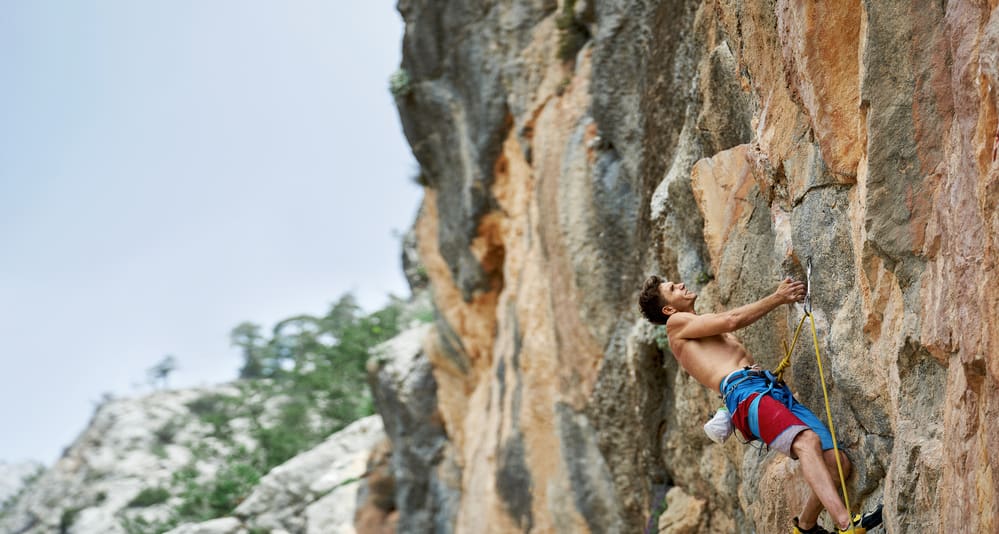
There are many different ways to set a rock climbing route, but the most common method is to use bolts. Bolts are placed into the rock using a power drill, providing anchors for climbers to attach their ropes. This method is popular because it’s relatively quick and easy but requires access to a power drill.
Another standard method is placing trad gear, essentially placing rocks or other objects into cracks in the rock face. This method is more time-consuming, but it doesn’t require any specialized equipment. Whichever way you choose, it’s essential to be cautious and take your time.
Setting a rock climbing route can be dangerous, but it’s also an essential part of the sport. When selecting a rock climbing route, you must be cautious and take your time. Ensure you understand the terrain before starting, and carefully place bolts or trad gear.
Having someone else with you in emergencies is also a good idea. Following these safety tips will help ensure you set a safe and fun route for climbers to enjoy.
How Do I Learn Route Settings?
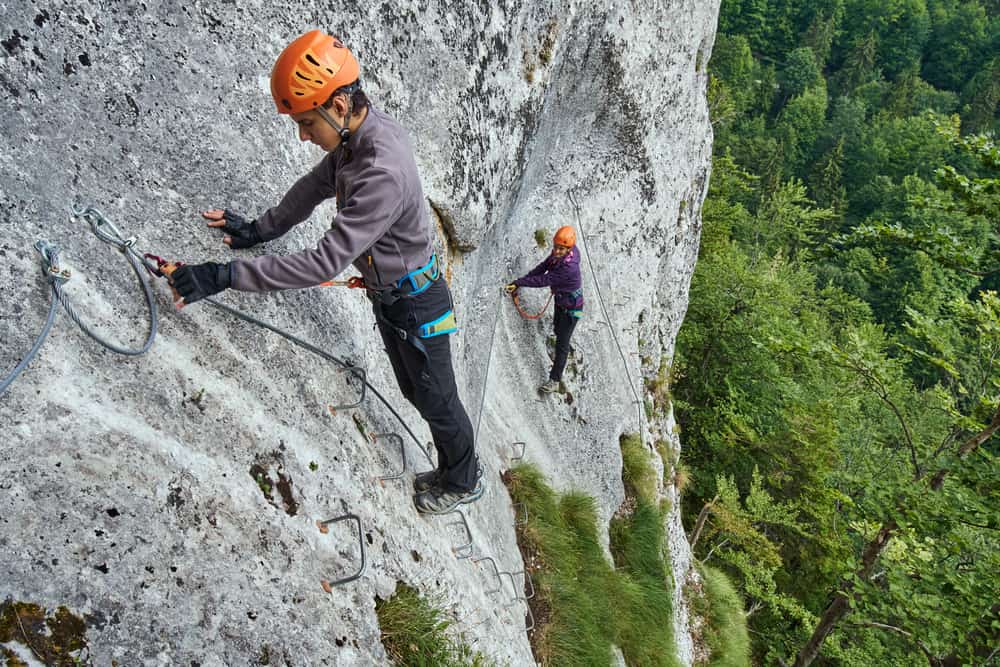
Route setting is essential for climbers because it allows them to set their routes and challenge themselves in new and different ways. There are many ways to learn route settings, depending on your climbing experience level and where you are climbing. Let’s take a closer look at how to understand this essential skill!
Climbing gyms are a great place to start learning how to set routes. The staff at these facilities are typically experienced climbers who can give you tips and tricks on getting started. You can also ask other climbers at the gym for their advice.
Once comfortable setting routes at the climbing gym, you can move on to outdoor locations. When setting routes outdoors, it’s essential to be aware of your surroundings and choose a safe site for you and other climbers. Make sure there are no loose rocks or debris that could fall and injure someone.
Also, check the forecast before heading out, as bad weather can create dangerous conditions. Once you have found a safe and suitable location, you can start setting your routes! Learning how to set rock climbing routes is a great way to challenge yourself and take your climbing to the next level.
Many different resources are available to help you get started, so don’t be afraid to ask for help from experienced climbers. With a bit of practice, you’ll be setting challenging routes in no time!
How to Set a Sport Climbing Route
The importance of setting a good sports climbing route is that it will challenge climbers and help them improve their skills. It’s essential to select courses that are appropriate for your experience level and the type of climbing wall you are using. If you are new to set routes, start by setting basic ways on a simple climbing wall.
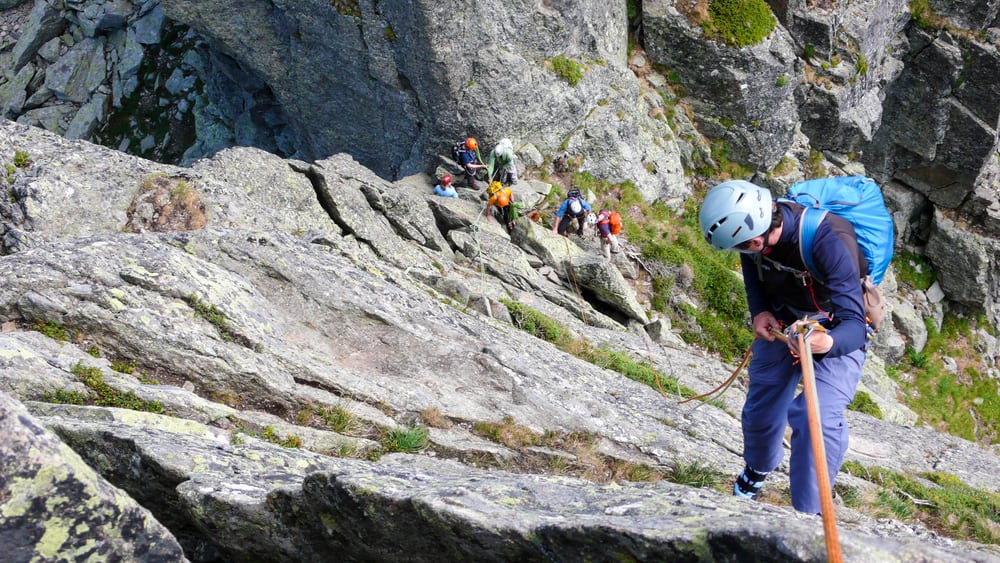
As you become more experienced, you can start setting more challenging routes. The most common method is to use removable holds, which can be placed in any position on the wall. This allows you to change the route as needed and makes it easy to create new courses. Another option is to use permanent anchor points drilled into the wall.
This is a more advanced method typically used by experienced route setters. No matter what you use, there are a few things to remember when setting sports climbing routes.
- First, make sure that the routes are safe.
- Second, consider the difficulty of the courses and make sure they are appropriate for your climbers.
- Finally, please consider the route’s aesthetics and make sure it looks good. With these tips in mind, you’ll be able to set great sports climbing routes that your climbers will love!
How to Set an Anchor for Top Rope Climbing
Top rope climbing requires anchors because they offer a secure connection between the climber and the wall. Depending on how experienced you are and the kind of climbing wall you use, there are a few different ways to put an anchor. In more detail, let’s examine how to set an anchor for top rope climbing.
Using reliable gear is one of the most important things to remember when setting an anchor. Make sure your anchors are sturdy and can support the weight of both you and your gear. You’ll also want to ensure that your anchors are placed in a safe location, away from potential hazards like rocks or trees.
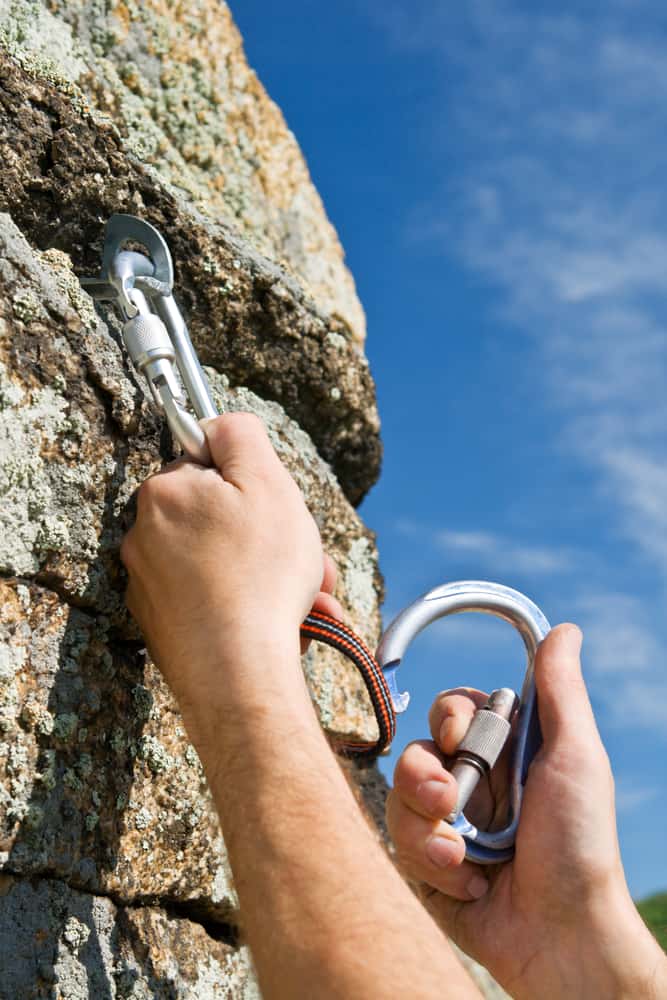
There are several different ways to set an anchor for top rope climbing. The most common technique is called the “3-point anchor.” This anchor consists of three pieces of gear: one piece at the base of the wall, one at the midpoint, and one at the top of the wall.
Another common technique is called the “master point” anchor. This anchor uses a single piece of gear at the center of the wall, with two pieces of equipment on either side. This anchor is typically used for beginners, as it is easier to set than the 3-point anchor.
Once you’ve chosen your anchors, it’s time to start placing them. Begin by attaching your gear to the wall using screws or bolts. Ensure your equipment is securely attached and will not come loose during climbing. Next, connect your rope to the bag using carabiners. Be sure to double-check all of your knots and connections before starting to climb.
Top rope climbing can be a great way to challenge yourself and get some exercise. With a bit of practice, you’ll be able to set anchors like a pro!
How to Bolt a Rock Climbing Route
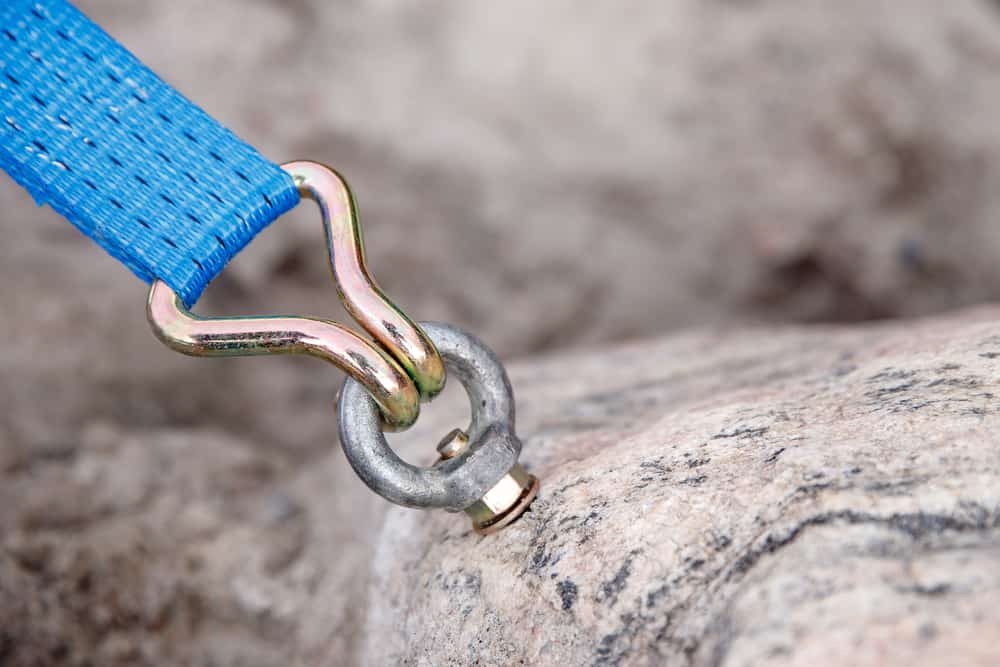
When you’re bolting a rock climbing route, it’s essential to make sure that you do it safely and correctly. There are a few things you need to know before you get started. Let’s look closely at how to bolt a rock climbing route!
One of the most important things to consider when bolting a route is the safety of the climbers. It would help if you ensured that the road was well-protected and that there were no dangerous loose rocks. Choosing the correct bolts and anchors for the job is also essential.
Properly bolting a rock climbing route takes a lot of experience and expertise. If you’re not confident in your abilities, it’s best to leave the job to someone who is. Running a rock climbing route can be dangerous if done incorrectly, so taking your time and doing it correctly is essential. With some knowledge and care, you can safely bolt a rock climbing route and provide climbers with an enjoyable and safe experience.


